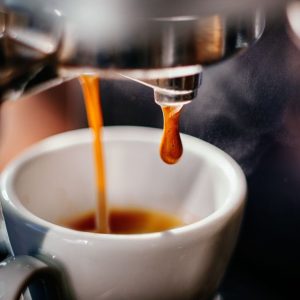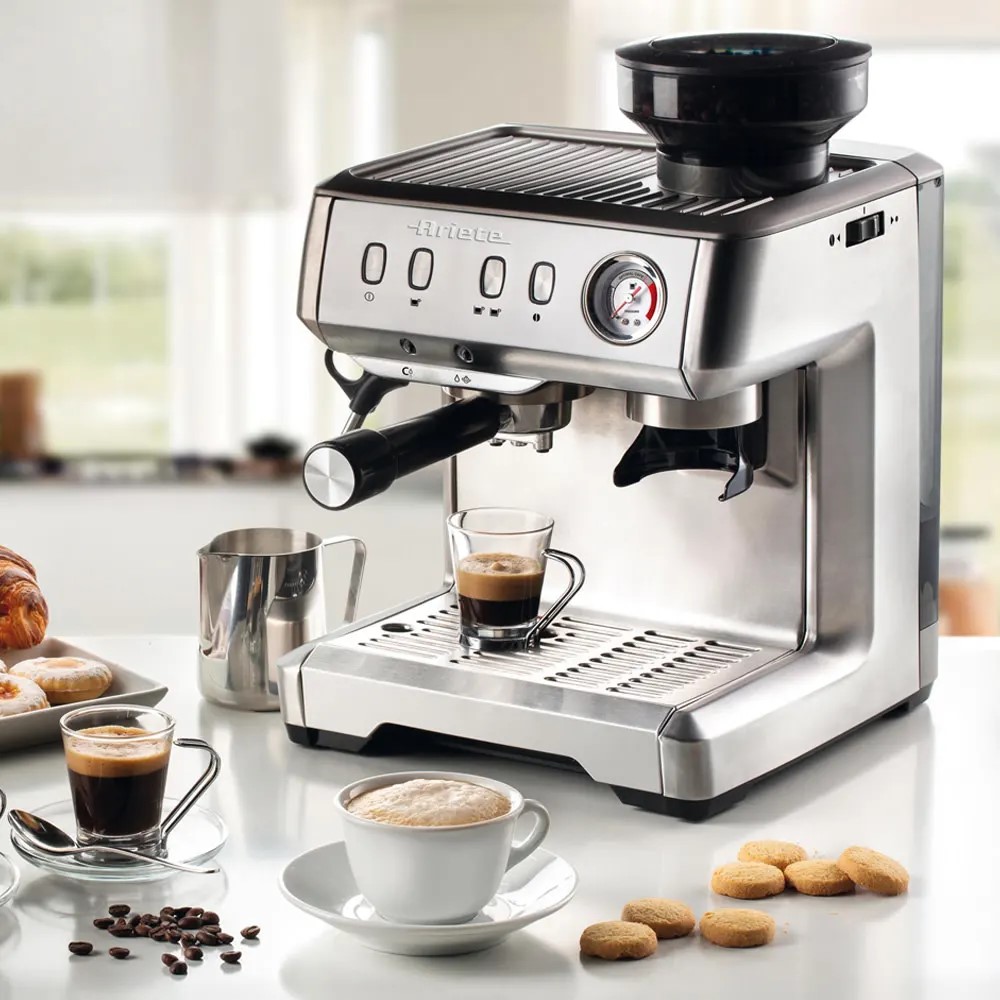The Secret to the Perfect Brew: Finding the Ideal Pressure for Your Coffee Machine
Several aspects need to be considered while brewing the ideal cup of coffee, from the kind of beans you use to the water temperature and brewing duration. However, the pressure in your coffee machine is a factor that is frequently ignored. The quality and aroma of your coffee can be significantly improved by finding the correct pressure for your coffee machine and espresso, taking your brew to a whole new level.

What pressure is, therefore, ideal for your coffee maker? Like most things in coffee, the answer is that it depends on various variables.
The Specialty Coffee Association of America set a standard of nine bars, which most espresso machines utilize. Due to this pressure, the rich aromas and oils that make espresso so wonderful may be extracted from the coffee grinds by forcing hot water through them.
However, the fact that nine bars are the industry norm does not imply that it is the ideal pressure for all machines. Depending on the type of beans you’re using, the grind size, and even the air humidity, some devices could operate better at a tiny higher or lower pressure.
For instance, a slightly lower pressure – around eight bars – provides a better extraction of the coffee’s qualities if you use darker, oilier beans. On the other hand, you should experiment with higher pressure, like 10 bars, if you’re using lighter, fruitier beans to bring out the flavors’ brighter, more subtle notes.
Remembering that various brewing techniques may call for multiple pressures is also essential. For instance, a French press relies entirely on steeping the coffee in hot water to extract the flavors rather than applying pressure. On the other hand, aOn the other hand, a slightly lower pressure may be advantageous for a pour-over technique since it allows for a slower, more equal extraction.
